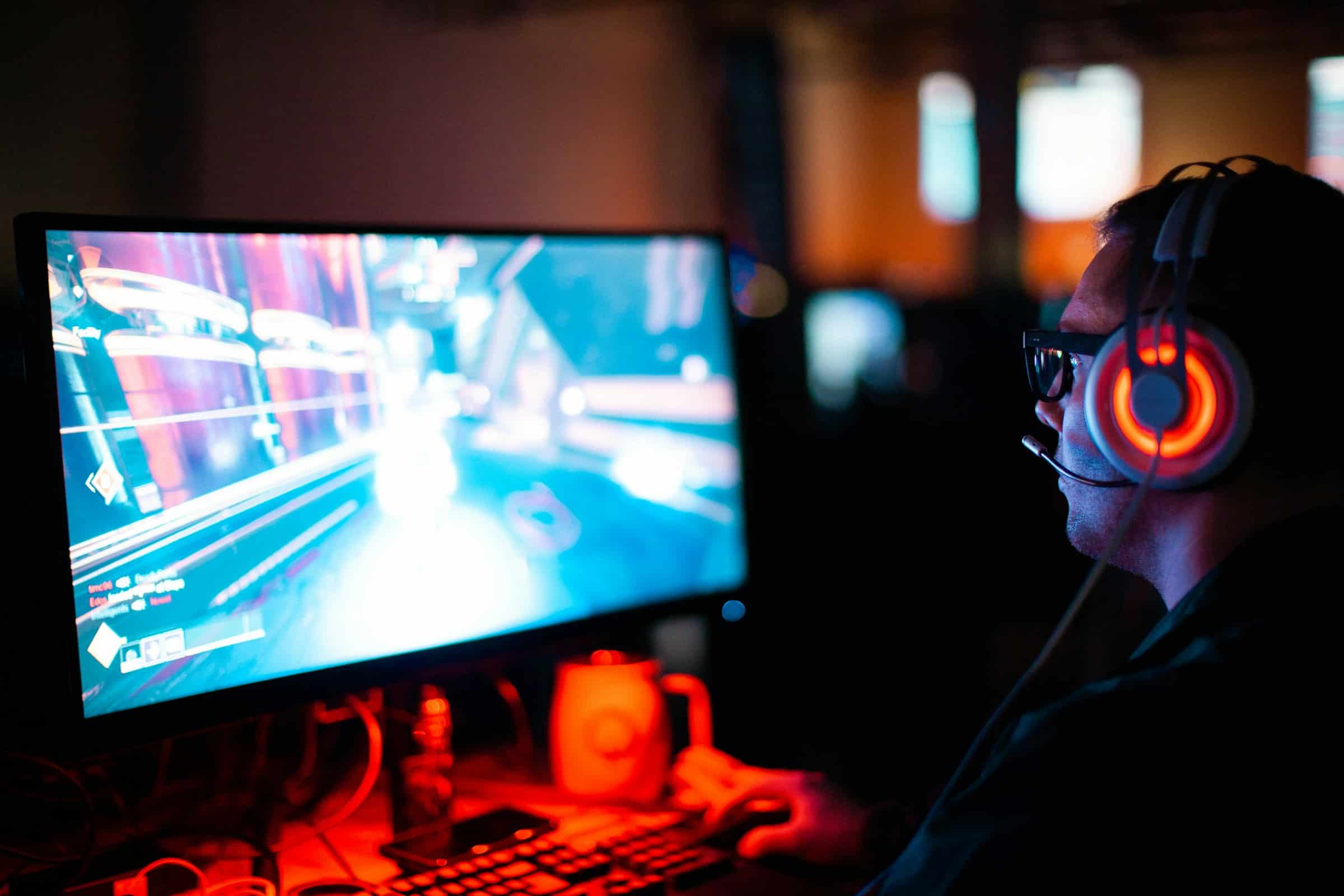What are the challenges of developing games for foldable screen devices and their unique form factors?

In today’s rapidly evolving technology landscape, foldable devices are making waves. These innovative gadgets, such as the Galaxy Fold and various foldable smartphones, are redefining how we interact with mobile screens. As the market becomes flooded with these advanced devices, there is a growing need to understand the challenges they present, particularly in the world of game development. This article sheds light on the unique hurdles of designing games for foldable screens and their diverse form factors.
The Evolution of Foldable Technology and Its Impact on Game Development
The advent of foldable technology has introduced a new dimension to mobile devices. Unlike traditional smartphones, foldable screens offer a dynamic and adaptable display. When open, they provide a larger screen, significantly enhancing the user experience. However, this burgeoning trend poses several challenges for game developers.
En parallèle : How can developers create more immersive and interactive tutorials for complex strategy games?
Foldable screens necessitate a shift in traditional design paradigms. Developers must now cater to varying screen sizes and configurations without compromising on the quality of the user interface. The multi-window capabilities of these devices also demand seamless app continuity, ensuring that transitions between different modes are smooth and intuitive.
One primary concern is the form factor. Foldable devices come in various shapes and sizes, making it imperative for game developers to create adaptable apps. The ability to fold and unfold introduces a new layer of complexity, requiring robust testing and optimization. This evolution challenges existing frameworks and calls for innovative approaches to game design.
Avez-vous vu cela : How can AI-driven procedural generation be used to create unique biomes in open-world survival games?
Keywords: foldable devices, screens, app, user, device, display, smartphones, design, their, apps, market, displays, mobile, screens, technology, users, experience, will, fold, foldable devices, foldable smartphones, foldable device, user experience, apps foldable, form factor, app development, multi window, foldable smartphone, form factors, foldable phones, larger screen, foldable screens, foldable technology, user interface, larger screens, window mode, app continuity, galaxy fold, screen sizes
Adapting User Interfaces and User Experience
Creating an engaging user interface (UI) for foldable devices requires a rethinking of conventional design principles. The larger screen space necessitates unique layouts and interactions. Ensuring the user experience (UX) remains consistent and immersive across different screen sizes and orientations is a formidable challenge.
One aspect developers grapple with is the app continuity. When a foldable device transitions from folded to unfolded, or vice versa, the app must adapt instantly without disrupting the user. This demands a responsive design that can fluidly adjust to different form factors. The multi-window functionality further complicates things, as users might run multiple apps simultaneously. Developers need to ensure their game remains coherent and visually appealing, regardless of how users choose to split their screen.
Moreover, the touchpoints and controls need careful consideration. The folding mechanism introduces new screen segments, often leading to unintended touches or gestures. Developers must design intuitive controls that adapt to the changing display, enhancing the user interface while minimizing errors.
Integration of dynamic elements, such as in-game menus and HUDs, needs to be meticulously planned. These components must remain accessible and functional across various modes. Developers must also ensure that in-game graphics and animations are smooth and immersive, irrespective of the screen size.
Optimizing Game Performance on Foldable Devices
Performance optimization is another critical area. Foldable smartphones typically come with high-end specifications, but the unique display requirements can strain even the most robust hardware. Ensuring that games run smoothly on foldable screens without draining the device's battery or overheating is paramount.
The form factor of foldable devices means that resources must be allocated efficiently. Developers need to optimize their code to handle the dynamic screen changes and high-resolution displays. This includes managing graphics rendering, memory usage, and in-game physics. Performance bottlenecks can significantly impact the user experience, making it crucial to address these challenges head-on.
Another aspect to consider is the multi-window support. Foldable devices often allow users to run multiple apps simultaneously, sharing the screen space. Games must be optimized to function seamlessly in this mode, ensuring that performance does not degrade when other apps are running. Developers must also account for different aspect ratios and screen orientations, ensuring that the game adapts to each scenario without compromising on quality.
Designing for Durability and User Interface Consistency
Durability is a significant concern for foldable devices, given the mechanical fold mechanism. Games must be designed to work flawlessly without putting undue stress on the screen. Developers need to account for potential wear and tear, ensuring their games do not contribute to the deterioration of the device.
Furthermore, maintaining user interface consistency across different fold states is essential. Users should experience a seamless transition, with apps automatically adjusting to the new screen size and orientation. This requires rigorous testing and validation to ensure that every aspect of the game works as intended.
In-game elements, such as buttons and controls, must be placed to avoid the fold crease, which can disrupt the user experience. Developers should also consider the ergonomics of different form factors, ensuring that the game remains comfortable to play in all modes.
Future Trends and the Path Forward for Developers
Foldable technology is still in its infancy, and the future holds exciting possibilities. As foldable devices become more prevalent, game developers will need to stay ahead of trends and continually adapt their strategies. Emerging technologies, such as flexible displays and advanced touch sensors, will further revolutionize the industry.
One potential trend is the integration of augmented reality (AR) and virtual reality (VR) into foldable devices. The larger screen real estate provides an excellent platform for immersive experiences. Developers can leverage this to create innovative gameplay mechanics that take full advantage of the device's capabilities.
Additionally, as foldable smartphones evolve, we can expect to see more sophisticated multi-window and split-screen functionalities. This will open new avenues for game design, enabling users to interact with multiple in-game elements simultaneously. Developers must be prepared to harness these capabilities to deliver unique and engaging experiences.
Ultimately, the success of foldable devices in the gaming market hinges on the ability of developers to overcome these challenges. By embracing these unique form factors and optimizing their apps accordingly, they can create games that are not only visually stunning but also deeply immersive.
The rise of foldable devices represents a significant shift in the landscape of mobile technology. These innovative devices, with their larger screens and unique form factors, offer new opportunities and challenges for game developers. Adapting to these changes requires a deep understanding of foldable technology, a commitment to optimizing performance, and a focus on delivering a consistent user experience.
By addressing the challenges posed by foldable screens and leveraging the unique capabilities of these devices, developers can create compelling and immersive games that stand out in the competitive mobile gaming market. As foldable devices continue to evolve, the future of game development looks promising, offering endless possibilities for innovation and creativity.
